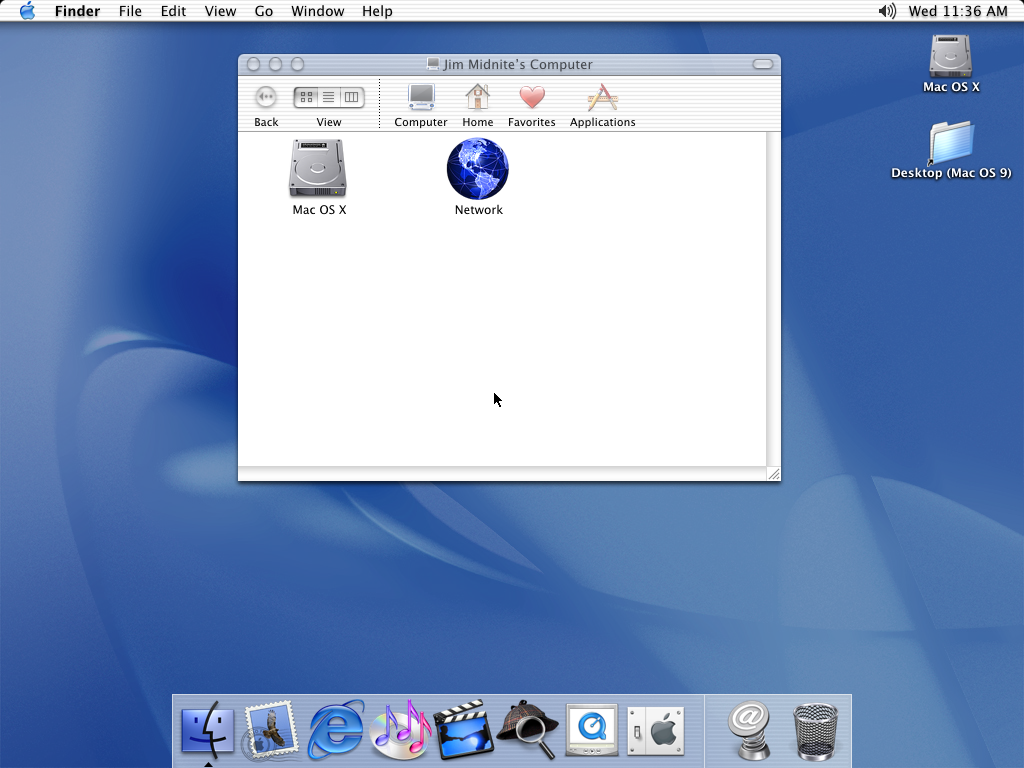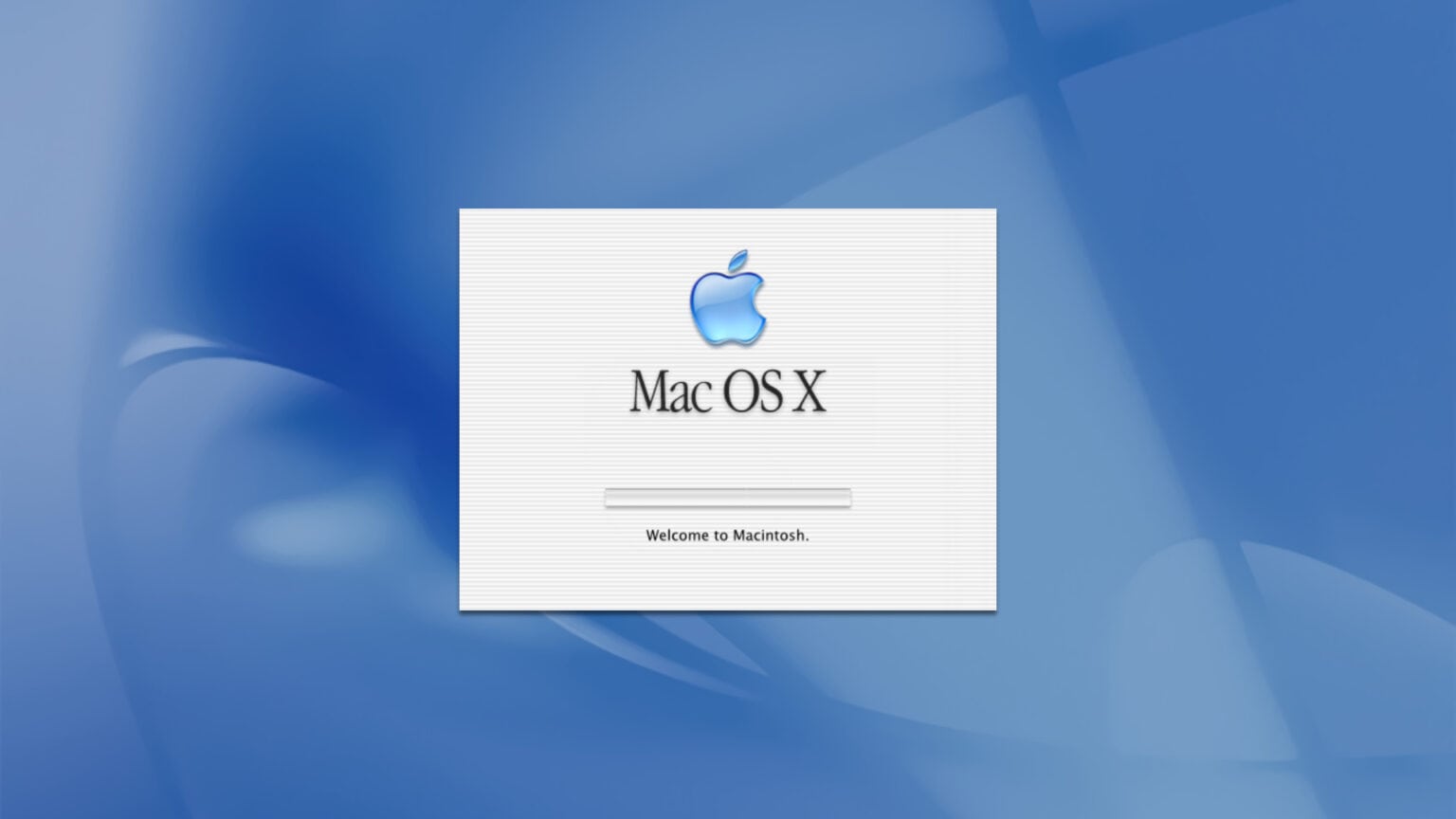
- #SYSTEM UTILITIES FOR MAC OS X MAC OS X#
- #SYSTEM UTILITIES FOR MAC OS X INSTALL#
Walk the dog, take a stroll on the beach, have lunch with a friend. If you need an indicator of how things are going, open the above folder and watch the system.dmg image increase in size until it matches a similar size as the image you created using Disk Utility.
The server is now going to use nearly all the resources it has to create the image you need. SIU will now start the lengthy process of creating the NetInstall image. The image needs to go into this folder: /Server HD » Library » NetBoot » NetBootSP0. You will need to agree to the SLA and then provide a location for the image. State the operating system, the machine type, and any other details that will help you to identify what is on this image. Give your NetInstall image a description. I suggest you do something like this: NetInstall image of MacBooks for staff. Give the NetInstall Image a name that means something to you. Select NetInstall Image and then Continue. When SIU loads, you should see the name of your image in the left-hand column. If you have installed the Server Admin Tools, make sure they are the most up-to-date version. Once the disk is mounted, you need to open System Image Utility. It will not start until you have an image for it to serve, however. The remainder of the instructions rely on the fact that you have enabled SIU as a service in Server Admin. Once the image is complete, close Disk Utility and double-click on the image to mount it. Now would be a good time to break out your favourite beverage and sit back and relax on the deck (lucky you if your workplace is like this). Find a destination to save the image and click Save. Leave the default options set (this assumes you are using Disk Utility Version 11.1 (252.4)), which are Compressed image format and Encryption set to none. In Disk Utility, click on File » New » Disk Image From disk0s2 (replace disk0s2 with your client machine's drive). Check to make sure this is the disk you are wanting to use to create a netinstall image, as it may take some time to create depending on the size of your client machine's drive. Once Disk Utility opens, you will see in the list of drives an Apple FireWire Target Disk. Make sure the share is only visible to you as server admin. However, if you're working on OS X 10.5 Server, and have found Spotlight doesn't work for some reason, all you need to do is set up the Applications folder as a share, in Server Admin, and enable Spotlight on that share. At this stage, you need to open Disk Utility (in Applications » Utilities). You should see the main disk of the client mount on the desktop of the server. Attach a FireWire cable between your server and the client machine that has been configured. 
Once complete, restart while holding down the T key to boot the Mac into Target Disk Mode.

#SYSTEM UTILITIES FOR MAC OS X INSTALL#
Install apps, download updates, and set up preferences for a user as you would like.
Set up your client machine as you would like it. If done when you have users accessing the server, you will have complaints about things going slowly. Please note that this process is best done when the load on the server (from the users) is at it lowest. Based on my searching and my experiences, I'd like to offer up this "How to use SIU" how-to. Searching the web, I found a lot of information about using SIU (System Image Utility). Recently I wanted to image a group of 25 MacBooks to get them ready for staff to use. Please note: Disk Drill does not provide any option to create bootable CD/DVD drives due to them becoming less popular and accessible in modern computers.I am a system administrator on a small network of five servers with around 80 to 90 clients. 
This ensures the maximum amount of data stays intact during the recovery process, and other background processes or the operating system itself do not overwrite any recoverable pieces of information. Connect it to any Mac, run Disk Drill and use the "Create Boot Drive" option on the main toolbar.ĭisk Drill let's you run all its data recovery algorithms via a bootable Mac USB drive. Make sure you have an extra storage device, which is at least 2GB in size.
#SYSTEM UTILITIES FOR MAC OS X MAC OS X#
Starting with Disk Drill 3, anyone can create a bootable Mac OS X drive in a matter of minutes. It'll make your Mac boot from USB in just a few clicks. Disk Drill is by far the most convenient and up-to-date macOS bootable file rescue solution. Set it aside, calm down and download a bootable data recovery app using any other computer. You can turn your computer off, remove the drive in question from the docking station, do whatever may be required to prevent any further utilization of that drive. The initial recommendation given to anyone who lost important data and would like to proceed with the data recovery is always to stop using the drive where the data was stored as soon as possible.







 0 kommentar(er)
0 kommentar(er)
